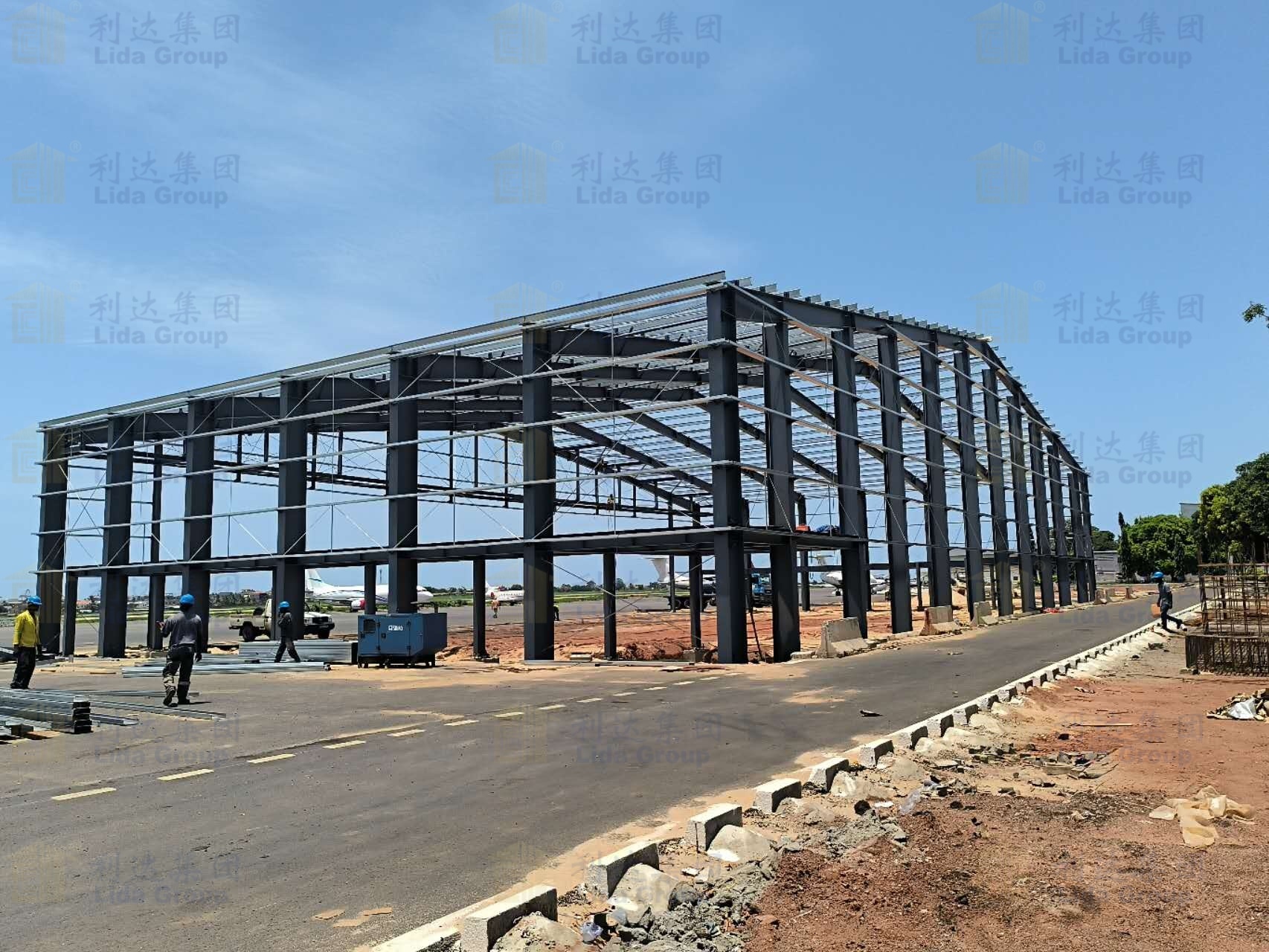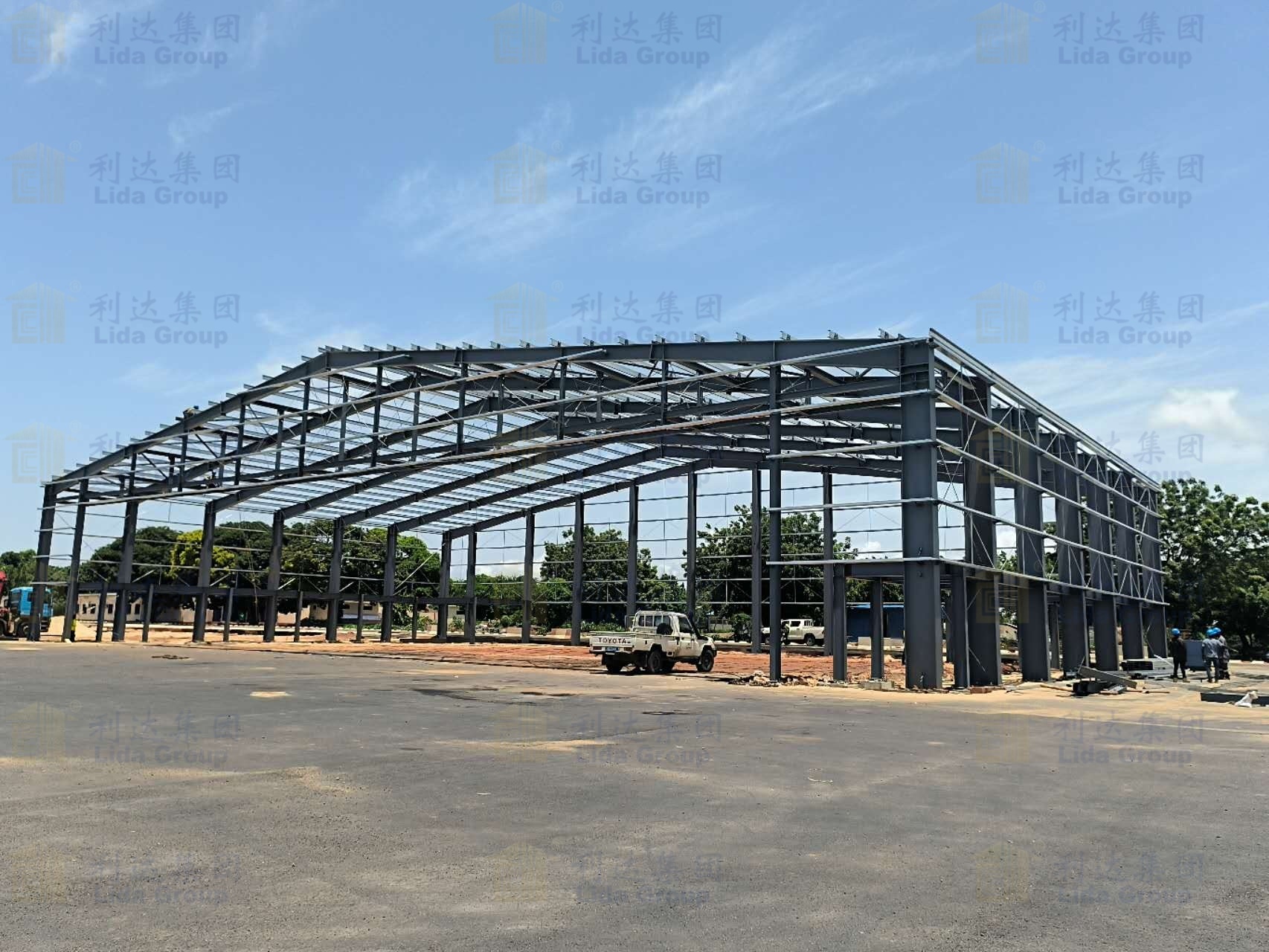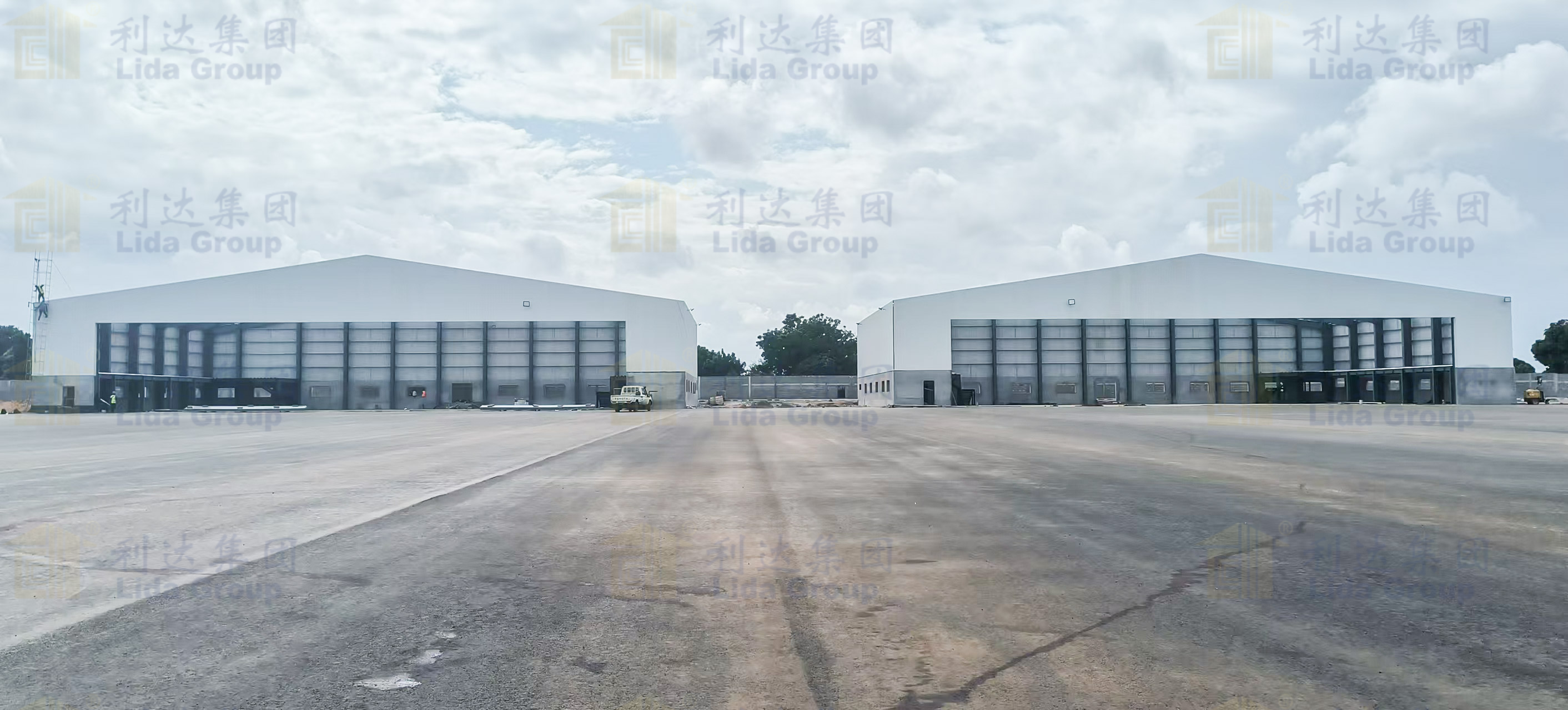Tel: 0086-532-88966982
0086-532-88965892
Website: www.lidajituan.com
E-mail: sales@lidajituan.com
Head office: 5th Floor, Building A, Darron Center, 180 Haier Road, Qingdao, 266000, China
Why Modular Houses & Intelligent Warehouses Dominate Modern Building
Classification:Industry News
Release time:2025-07-09 13:00
Why Modular Houses & Intelligent Warehouses Dominate Modern Building
The night sky above Arizona’s Sonoran Desert flickers with constellations rarely seen by human eyes – not stars, but the infrared signatures of autonomous drones scanning inventory inside a million-square-foot fulfillment center. This glowing tableau captures construction’s new reality: modular house principles and intelligent warehouse technologies have converged to redefine what buildings can do. Across global supply chains and housing landscapes, these innovations aren’t just gaining ground – they’re rewriting construction’s fundamental rules.
The Tectonic Shift: Six Drivers of Dominance
Accelerated Timelines Rewriting Economics
Where traditional constructions stumbled, modular methods thrive. Consider Panama’s recent pharmaceutical distribution hub:
- Traditional Build: 28-month timeline requiring capital freeze
- Lida Group Solution: Prefabricated light steel structure sections assembled onsite in 9 months
- Impact: $19M earlier revenue capture justified the entire facility cost
Digital Intelligence Integration
Modern intelligent warehouses function as responsive organisms:
- Distributed sensor networks tracking temperature gradients
- Predictive restocking algorithms analyzing real-time sales data
- Robotic retrieval systems interfacing directly with manufacturing ERP platforms
Precision Manufacturing Over Craftsmanship
Controlled factory environments revolutionize quality:
- Automated welding arms achieving micron-level precision
- Climate-controlled painting booths ensuring perfect curing
- Robotic total stations verifying dimensional accuracy

Industrial Ecosystems Transformed
The Production-Warehouse Continuum
Modern factory designs now dissolve boundaries:
- Auto plants incorporating just-in-sequence warehouses within assembly halls
- Robotics workshops sharing real-time data with inventory systems
- Temperature-controlled staging zones acting as production buffers
Lida Group’s Mercedes-Benz expansion in Alabama exemplifies this evolution – a single integrated structure housing body workshop, battery assembly, and automated warehousing under a unified light steel structure roof.
Rethinking Housing Infrastructure
Worker modular house villages now function as productivity tools:
- Proximity to sites eliminating commute fatigue
- Sleep optimization pods with circadian lighting
- Health monitoring sensors reducing medical incidents
- Renewable microgrids cutting corporate carbon footprints
The result? 22% fewer safety incidents and 17% productivity gains at Freeport’s Indonesian copper operation following implementation of engineered housing clusters.
The New Economics of Built Space
Financial models underscore the strategic advantage:
The numbers crystallize why 78% of new industrial projects now default to modular approaches with integrated intelligence systems.

Convergence Case Study: Semiconductor Rescue
When pandemic disruptions threatened Taiwan’s chip supply chain, a Phoenix-based client needed solutions:
- Requirement: Expand production and secure storage in <11 months
- Obstacles: Trade skill shortages, supply chain issues
Hybrid Modular Strategy:
- Production Plant: Prefabricated cleanroom modules from Lida Group’s Shanghai facility
- Intelligent Warehouse: Automated storage integrated via light steel structure framework
- Housing Campus: Four-story modular units for specialized technicians
Results:
- Facility operational Day 312 (vs. 650+ days conventional)
- Zero production disruption during capacity doubling
- LEED Platinum certification achieved through integrated design
Sustainability Engineered In
Beyond financials, integrated approaches excel environmentally:
- Material Optimization: 32% less steel via computational design
- Energy Symbiosis: Warehouse refrigeration waste heat warming offices
- Circular Foundations: Bolt connections enabling future deconstruction
- Water Reclamation: Integrated catchment purifying stormwater
These synergies explain why intelligent modular projects achieve 40-60% lower embodied carbon than conventional alternatives.
Innovation Horizon: The Next Evolution
Emerging integrations compound the advantage:
- Self-Organizing Warehouses
AI systems coordinating drone fleets for autonomous stock rotation - Reconfigurable Housing
Modular units with movable walls adapting to workforce demographics - Structural Energy Storage
Battery systems integrated within building columns - Predictive Maintenance
Vibration sensors forecasting structural interventions
These technologies thrive only within digitally-native structures conceived from their first sketches.

Human Implications: Beyond Efficiency
The transformation reshapes human experiences:
- Workers: Operating in climate-optimized environments
- Communities: Benefiting from redeployed educational modules
- Designers: Solving puzzles through digital twin simulations
- Planet: Supporting growth without suffocating in concrete
At its core, the modular and intelligent building revolution represents humanity’s reconciliation with infrastructure’s true cost – financial, environmental, and human.
Why Resistance Crumbles
Legacy construction interests point to perceived shortcomings:
- "Modular lacks character" → Countered by parametric facades
- "Robotics eliminate jobs" → Replaced by tech maintenance roles
- "Steel feels industrial" → Neutralized through biophilic integration
The market’s verdict emerges clearly from procurement data: modular intelligent facilities now claim over 60% of new industrial construction starts globally.
The Path Forward
Five principles now govern advanced construction:
- Design Digitally First: Model before modifying
- Manufacture Maximally: Offsite fabrication dominates
- Assemble Minimally: Onsite time equals risk exposure
- Operate Intelligently: Data transforms passive spaces
- Repurpose Relentlessly: Structures adapt rather than expire
These tenets form the backbone of Lida Group’s methodology, turning each project into a laboratory for built-environment evolution.
Conclusion: When Buildings Become Living Systems
The glowing desert warehouse represents more than logistics efficiency – it embodies construction’s fundamental reinvention. Modular housing and intelligent warehousing dominate not through happenstance but because they resolve the central tension of our age: delivering more value with less resource intensity.
These are not alternative construction methods – they’ve become the default approach for organizations valuing speed, adaptability, and intelligence. As climate pressures intensify and technology accelerates, facilities resisting this convergence aren’t just outdated – they’re operationally impaired.
In this transformed landscape, buildings cease being static containers and evolve into responsive partners. They think through embedded intelligence, adapt through modular reconfiguration, and endure through engineering precision. This represents more than construction evolution – it’s the emergence of architecture as a living service. Welcome to the era where buildings don’t just stand… they perform.
constructions,modular house,steel structure,warehouse
Contact Us
Head Office: 5th Floor,Building A,Darron Center,No.180,Haier Road,Qingdao, 266000,China
Tel: 0086-532-88966982 88965892 Fax:0086-532-88965571
WhatsApp:+86 13793209022
Mobile/Wechat:+86-15166671720
Email: sales@lidajituan.com Website: www.lidajituan.com
Alternate Website: www.lidamodularhouse.com
Head Office: 5th Floor,Building A,Darron Center,No.180,Haier
Road,Qingdao, 266000,China
Tel: 0086-532-88966982 88965892
Fax:0086-532-88965571
Email: sales@lidajituan.com
Website: www.lidajituan.com
Alternate Websit: www.prefabhousecn.com
Wechat/WhatsApp:+86-13793209022
Copyright(c)2023 All Rights Reserved SEO Business license

